retort explosion
hello what is the risks of retort explosion? l thing backfire from burner is there another risks? did someone try to run an engine with exhaust gases thanks
hello what is the risks of retort explosion? l thing backfire from burner is there another risks? did someone try to run an engine with exhaust gases thanks


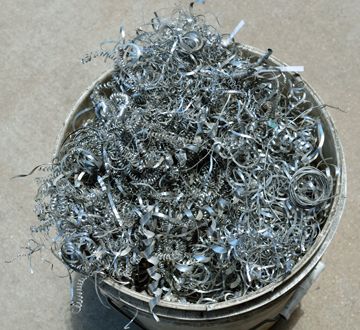
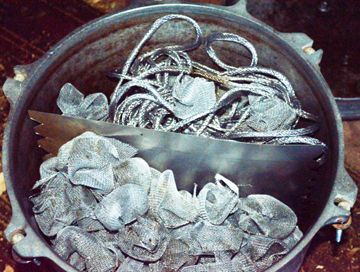
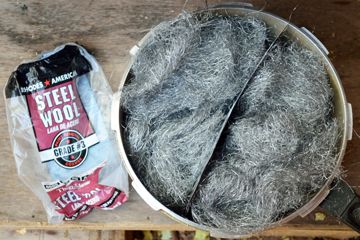
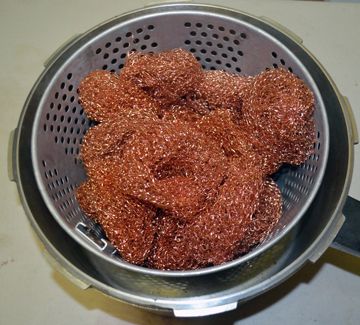
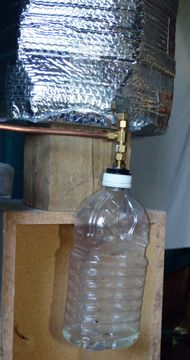
Comment